Increased Regulatory Scrutiny
The Anoxia Market is experiencing heightened regulatory scrutiny as governments and international bodies recognize the environmental and health impacts of anoxic conditions. Stricter regulations aimed at reducing nutrient runoff and emissions are being implemented, compelling industries to adopt more sustainable practices. For example, regulations concerning wastewater treatment and agricultural runoff are becoming more stringent, necessitating the development of technologies that can mitigate anoxic conditions. This regulatory landscape is likely to drive demand for solutions within the Anoxia Market, as companies seek compliance while also addressing environmental concerns.
Rising Incidence of Anoxic Events
The increasing frequency of anoxic events in various ecosystems appears to be a primary driver for the Anoxia Market. These events, characterized by low oxygen levels, are often linked to factors such as climate change, nutrient pollution, and industrial discharges. For instance, studies indicate that hypoxic zones in oceans have expanded significantly, affecting marine biodiversity and fisheries. This trend necessitates the development of monitoring and mitigation technologies, thereby propelling the Anoxia Market forward. As stakeholders seek solutions to combat the adverse effects of anoxia, investments in research and development are likely to rise, fostering innovation and growth within the industry.
Investment in Research and Development
Investment in research and development is a critical driver for the Anoxia Market, as stakeholders seek to understand and mitigate the effects of anoxia. Funding from governmental and non-governmental organizations is increasingly directed towards studies that explore the causes and consequences of anoxic conditions. This influx of resources is likely to foster innovation, leading to the development of new technologies and methodologies aimed at addressing anoxia. As research progresses, the Anoxia Market may witness the emergence of novel solutions that not only tackle existing challenges but also anticipate future needs, thereby ensuring sustainable growth.
Advancements in Monitoring Technologies
Technological advancements in monitoring and detection systems are transforming the Anoxia Market. Innovations such as remote sensing, autonomous underwater vehicles, and real-time data analytics are enhancing the ability to detect and analyze anoxic conditions. These technologies enable researchers and environmental agencies to respond more effectively to anoxic events, thereby improving ecosystem management. The market for these advanced monitoring solutions is projected to grow, driven by increasing demand for accurate data and timely interventions. As the need for effective monitoring becomes more pronounced, the Anoxia Market is expected to witness a surge in the adoption of these cutting-edge technologies.
Growing Awareness of Environmental Issues
There is a notable increase in public awareness regarding environmental issues, particularly concerning the impacts of anoxia on ecosystems and human health. This growing consciousness is influencing consumer behavior and corporate responsibility, prompting businesses to adopt more sustainable practices. The Anoxia Market stands to benefit from this trend, as stakeholders seek solutions that align with environmental stewardship. Educational campaigns and advocacy efforts are likely to further elevate the importance of addressing anoxic conditions, thereby driving demand for innovative products and services within the industry. As awareness continues to rise, the Anoxia Market may see a shift towards more eco-friendly technologies.
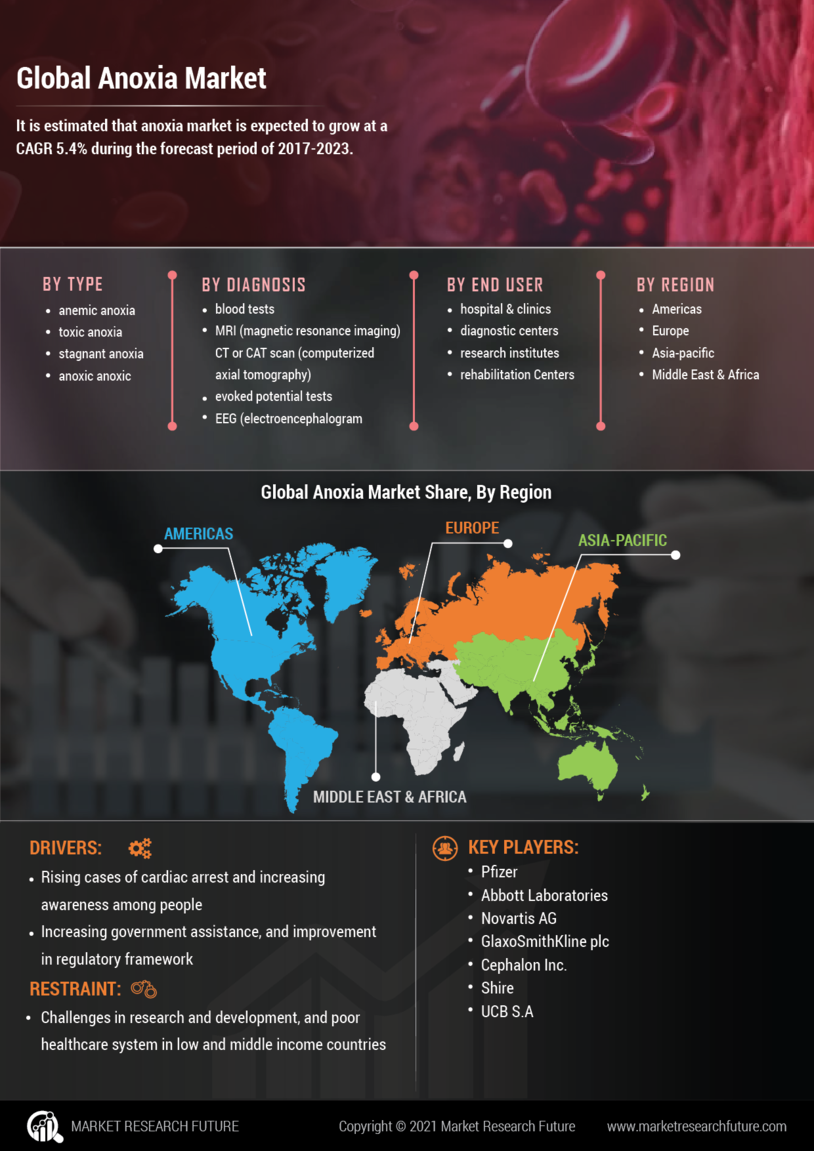

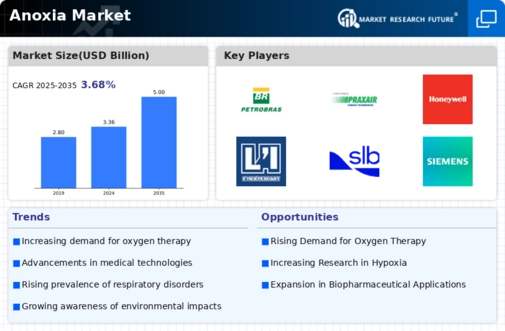
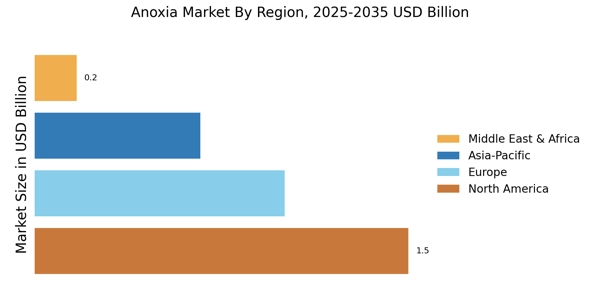

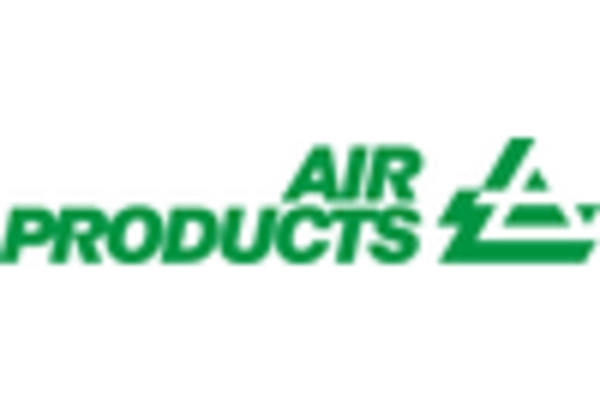


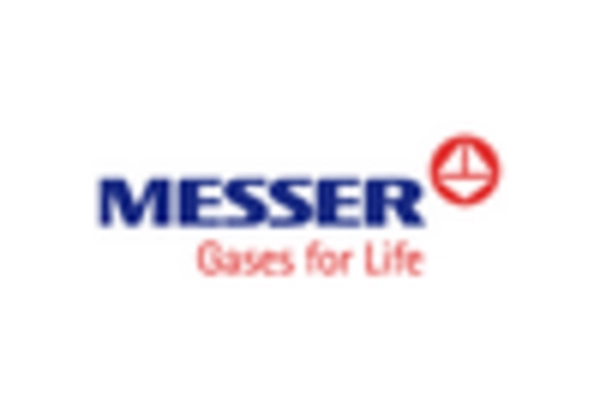
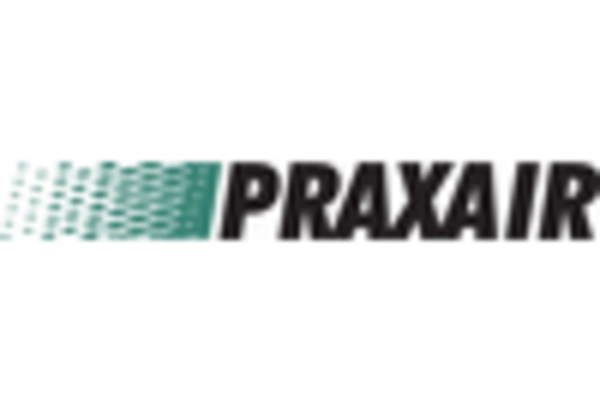








Leave a Comment